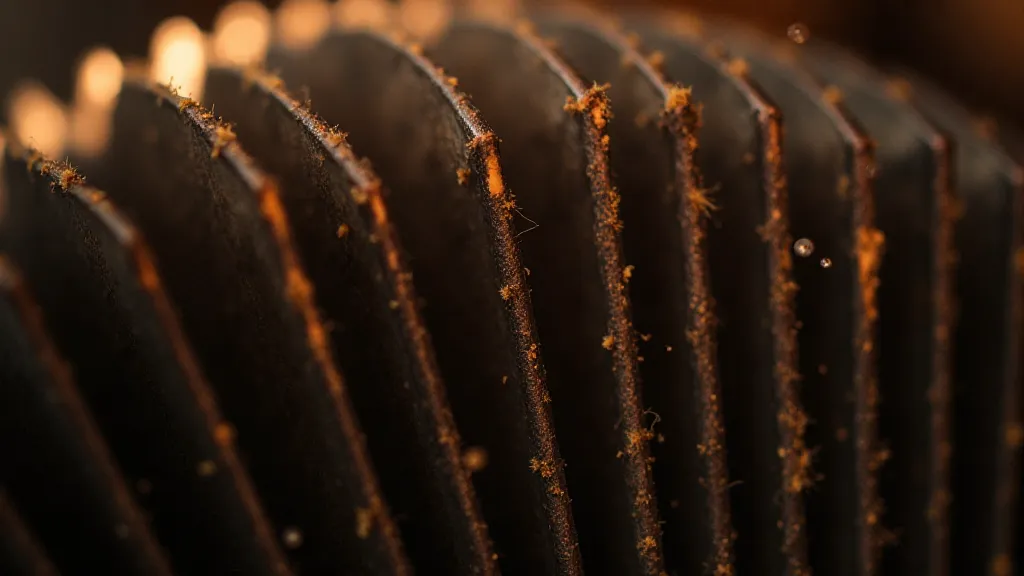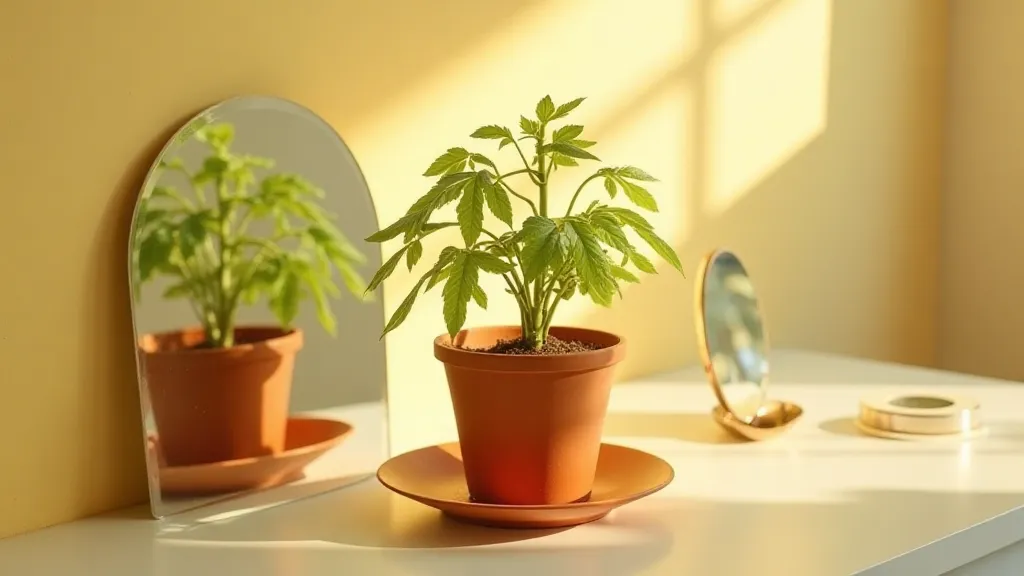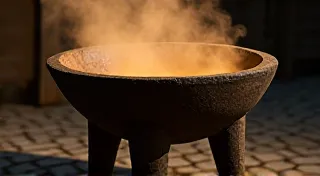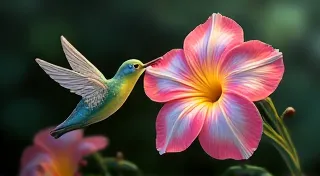Shadows & Sunlight: Mastering Container Tomato Lighting Challenges
There’s a certain melancholy beauty to antique accordions. The bellows, like lungs sighing with a forgotten melody, the worn ivory keys whispering tales of smoky dance halls and lively village squares – they evoke a feeling of history held within your hands. They represent craftsmanship, dedication, and a time when objects were built to last, imbued with character and soul. Just as an accordion thrives on air and subtle movement, a tomato plant, particularly a cherished heirloom variety, needs light. But what happens when that light is scarce, a mere shadow of what the plant desires? That’s the challenge we face in container gardening, especially in the urban jungles where so many of us carve out our tiny havens of green.
My grandfather, a carpenter with hands calloused from years of working wood, once told me, “A thing only lives when it gets what it needs.” He wasn't speaking about tomatoes, but the sentiment applies just as profoundly. He’s the one who first ignited my passion for old things, for understanding the stories they held. He repaired furniture, breathing new life into pieces others had discarded. The same principles apply to gardening. A struggling tomato plant, even the most beautiful 'Black Krim' or 'Brandywine,' needs the right conditions to flourish. And light, often the most elusive element in a city apartment or balcony, can be the difference between a bountiful harvest and a disappointing yield.

The Light Imperative: Why Tomatoes Crave Sunshine
Heirloom tomatoes, those wonderful varieties passed down through generations, aren't built for dimly lit corners. They’re descendants of plants that thrived in sun-drenched fields, requiring at least six to eight hours of direct sunlight daily to produce the juicy, flavorful fruit we adore. While modern hybrid tomatoes might tolerate less light, the rich heritage and complex genetics of heirlooms are significantly impacted by insufficient light. Their flavour profiles – the sweetness of a ‘Cherokee Purple,’ the tang of a ‘Green Zebra’ – are direct consequences of photosynthesis, the process fueled by sunlight.
Without enough light, your tomato plants will exhibit several telltale signs: weak, leggy stems; small, sparse foliage; delayed flowering; and ultimately, fewer and smaller fruit. The fruit that *does* manage to ripen might be pale, bland, and lacking the vibrant color characteristic of a well-grown heirloom. It’s heartbreaking to watch a promising plant struggle, especially when you’ve invested time and care into nurturing it. Just as a beautifully restored accordion needs proper reeds and careful regulation to produce a full, resonant sound, a tomato plant needs adequate light to unlock its full potential.
Assessing Your Light Conditions: A Realistic Evaluation
Before rushing to buy grow lights, take a thorough assessment of the light available in your container gardening space. Observe your balcony or patio throughout the day. Note how many hours of direct sunlight it receives. Consider obstructions like buildings, trees, or awnings that might cast shadows. East-facing balconies typically receive morning sun, while west-facing balconies get afternoon sun – each offering a slightly different intensity. A south-facing balcony is generally the most desirable, providing the longest hours of sunlight. North-facing balconies are the most challenging, often receiving only dappled or indirect light.
Even indirect sunlight can be valuable. Reflected light, bouncing off light-colored walls or pavement, can supplement the light received directly. Experiment with moving your containers around to maximize light exposure. A small change in position can make a surprisingly big difference. Remember, accuracy is key. Don’t overestimate the amount of sunlight your space receives.
Strategies for Amplifying Light: Reflective Solutions
If your container tomato garden is light-limited, start with simple, affordable solutions to amplify the available light. Light-colored surfaces can act as natural reflectors. Paint walls or fences white or a pale shade of yellow to bounce light back onto your plants. Strategic placement of mirrors, even small ones, can also help. Be mindful of safety when using mirrors, ensuring they are securely mounted and won’t pose a hazard. Similarly, strategically placed aluminum foil (though less aesthetically pleasing) can work in a pinch.

Supplementary Lighting: When Grow Lights Become Essential
When natural light is consistently inadequate, consider investing in supplementary lighting. LED grow lights are now incredibly efficient and affordable, offering a wide spectrum of light suitable for tomato growth. Full-spectrum LED lights mimic the natural sunlight, providing the wavelengths necessary for photosynthesis, flowering, and fruiting. The amount of supplemental light needed depends on the severity of the light deficiency. Start with 12-14 hours of supplemental light per day and adjust as needed based on your plants' response.
Position the grow lights close enough to the plants to provide adequate intensity, but not so close as to cause burns. Follow the manufacturer's instructions for optimal distance and duration. While it’s an added expense, think of it as an investment in a successful harvest. Just as a skilled craftsman meticulously restores an accordion to its former glory, providing supplemental light is a form of active care, ensuring your tomato plants thrive.
Selecting Shade-Tolerant Heirloom Varieties: A Strategic Approach
While no heirloom tomato variety is truly *shade-tolerant*, some perform better than others in less-than-ideal light conditions. 'Siberian' varieties, as the name suggests, are adapted to cooler climates and can tolerate slightly lower light levels. 'Black Prince,' a classic Russian heirloom, also exhibits relatively good shade tolerance. 'Early Girl’ – though technically a hybrid – is known for its ability to produce fruit in less sunlight. Always research the specific needs of any heirloom variety before planting it in a container garden with limited sunlight. Even the most beautiful instruments need to be suited to their environment.
Remember, even with careful planning and mitigation strategies, growing heirloom tomatoes in containers with limited sunlight presents a challenge. But the reward – the taste of homegrown, heirloom tomatoes, bursting with flavor and history – is well worth the effort. It's about nurturing a small piece of nature in the heart of the city, just as a devoted restorer breathes new life into a forgotten treasure.






